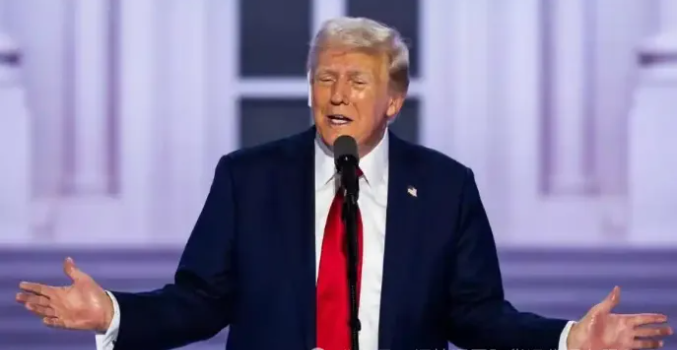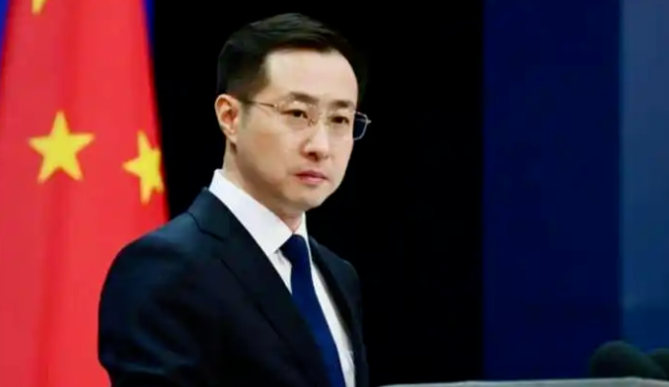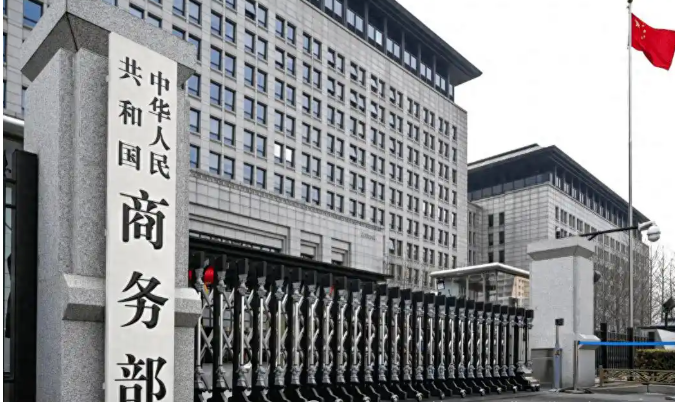All categories >
Restarting US-China Trade Talks: A Crucial Step Towards De-escalation
Categories:
News
News Center
Time of issue:
2025-05-09 17:17
Views:
In the global economic arena, the US-China trade relationship has consistently been a focal point. Recently, news of the resumption of US-China trade talks has drawn widespread attention, while rumors of US tariff adjustments have added considerable uncertainty to these negotiations.
From May 10th to 11th, He Lifeng, Vice Premier of the State Council of China, will hold face-to-face consultations in Switzerland with US Treasury Secretary Scott Bessent and Trade Representative Jamieson Greer. These negotiations are not only an "ice-breaking journey" for US-China trade friction but also a crucial juncture in the global economic recovery process.

US Strategy and Intentions
According to the New York Post, citing anonymous sources, The US is considering reducing punitive tariffs on Chinese imports from 145% to 50%-54%, most likely to 54%. Simultaneously, US tariffs on South Asian neighbors will be reduced to 25%. This news has sparked much speculation. US Treasury Secretary Besent stated that the main purpose of this meeting is to ease US-China relations, not to reach a major trade agreement. However, from the perspective of the domestic US situation, there may be more complex considerations behind these tariff adjustment rumors.
On the one hand, US retailers have expressed dissatisfaction with the high tariff policy. Retail giants such as Walmart, Home Depot, and Target have begun notifying Chinese suppliers to resume shipments of goods suspended due to the trade war, stating that the tariffs will be borne by US buyers. This indicates that US business interest groups have a strong demand for tariff adjustments. On the other hand, the US government hopes to ease trade tensions between the two countries by lowering tariffs, creating a more favorable atmosphere for negotiations. However, the US's tough stance on sensitive areas such as high technology remains unchanged. Besent has stated that the US hopes to decouple from China in key strategic and high-tech areas, meaning that tariffs in these areas will not only not decrease but may even increase further.
Tariff Adjustments and Trade Balance
The core issue of these negotiations is undoubtedly tariff adjustments and trade balance. The US may symbolically lower tariffs in some non-sensitive areas, such as daily necessities, to show goodwill in the negotiations. However, in sensitive areas such as high technology, US tariff policies may remain tough.

China has always insisted on upholding its legitimate rights and interests and international fairness and justice. The Chinese Ministry of Commerce clearly pointed out that the US must recognize the serious negative impact of unilateral tariff measures on itself and the world, show sincerity in negotiations, and be prepared to take action to correct wrong practices and cancel unilaterally imposed tariffs. China will not make any concessions on its core national interests, political interests, and strategic interests.
From a global economic perspective, tariff adjustments will have a profound impact on the trade patterns of both China and the US, as well as the global trade landscape. If the US truly reduces tariffs on Chinese goods to 50%–54%, this would be a significant turning point in US-China trade relations. In the short term, lower tariffs will help alleviate the pressure on Chinese export companies and enhance the competitiveness of Chinese goods in the US market. At the same time, US consumers will also benefit from lower import prices, which may have a certain mitigating effect on US inflation. In the long term, tariff adjustments may have a profound impact on the US-China trade structure. China may further optimize its export product structure and increase the proportion of high-value-added product exports; the US may increase support for domestic industries and promote the return of manufacturing.
Prolonged Game and Long-Term Impact
Although the resumption of these negotiations has brought a glimmer of hope to US-China trade relations, resolving US-China trade friction is by no means a quick fix. Besent said in an interview that he does not expect these negotiations to reach a major trade agreement, but rather the beginning of lengthy negotiations. Trade issues between China and the US have evolved from a simple tariff dispute into a game involving multiple fields, including economics, politics, and strategy. The differences between the two sides on trade balance, market access, and intellectual property protection remain significant and need to be resolved gradually through multiple rounds of negotiations.
In the long term, the direction of US-China trade relations will have a profound impact on the global economic landscape. If both sides can reach a consensus in the negotiations and gradually reduce tariff barriers, it will help ease global trade tensions, stabilize market expectations, and promote global economic recovery. However, if the negotiations reach an impasse or even lead to further escalation of trade friction, global economic growth will face greater risks.

Promoting Cooperation Through Dialogue, Achieving Mutual Benefit Through Cooperation
The resumption of US-China trade negotiations is an important step taken by both sides under the shadow of the trade war. These negotiations are not only a game between China and the US but also a key juncture for global economic development. In the era of globalization, China and the US, as the world's two largest economies, are highly interdependent. Only through equal dialogue, mutual respect, and win-win cooperation can the long-term stable development of US-China trade relations be achieved, injecting strong impetus into the recovery of the global economy.
Let us jointly pay attention to the progress of these US-China trade negotiations and look forward to both sides reaching a mutually beneficial consensus on the basis of mutual respect and equal consultation, contributing to the prosperity of the global economy.
Keywords:
US-China trade,US tariffs
previous page










